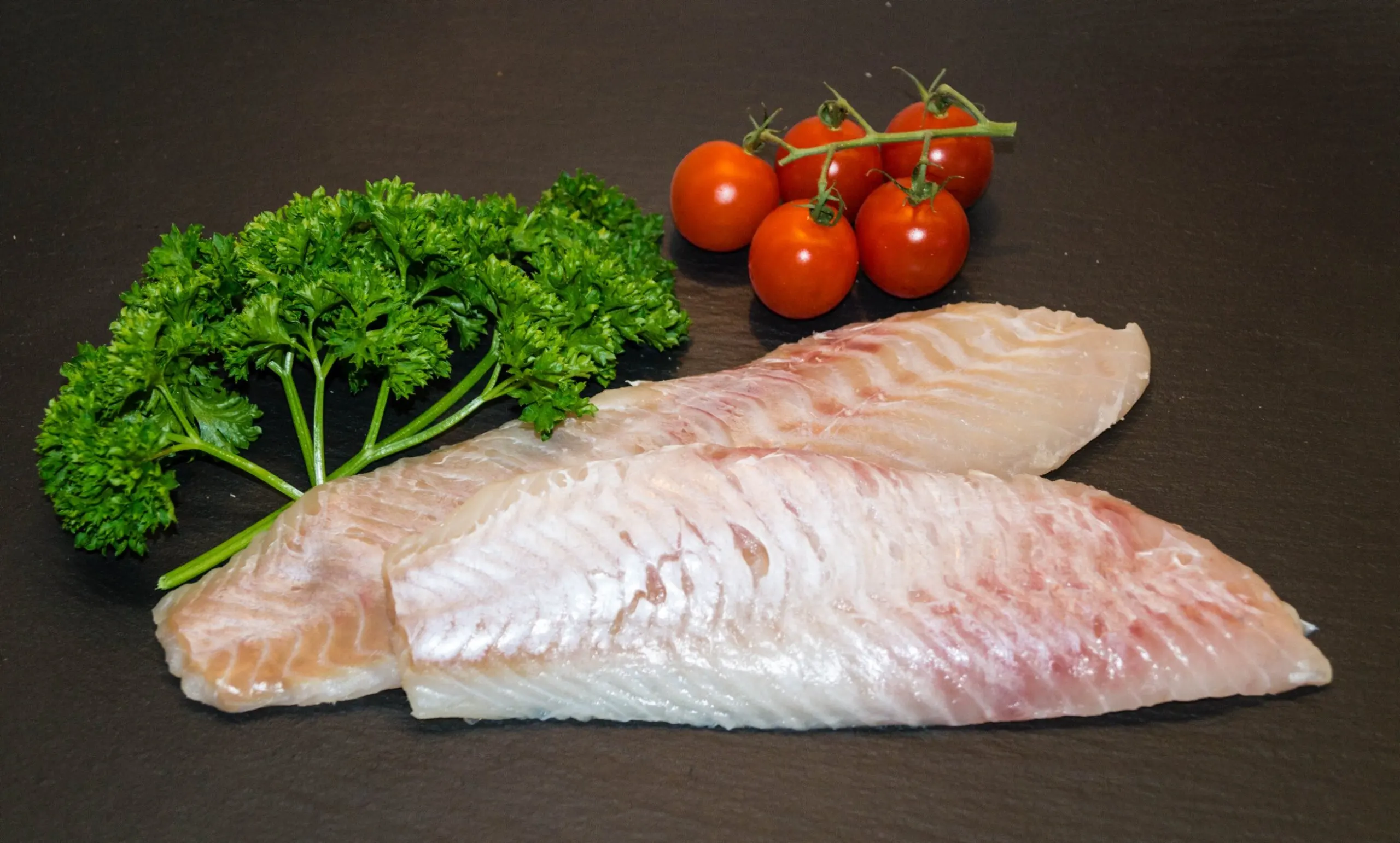Red Snapper: Nutritional Value, Benefits and Consumption


Written and verified by the nutritionist Saúl Sánchez Arias
Red snapper isn’t a very well-known fish, but it’s a great addition for your diet and is good for your health. It has very high-quality nutrients, which are all necessary for the body to function efficiently. We’re going to tell you everything it provides and the best ways to prepare it, so that you can start consuming it regularly.
Before we start, it’s important to point out that periodically replacing meat with fish is really positive in terms of health. Fish have a much more beneficial lipid profile than meat. In addition, they contain fewer calories, which can help to achieve weight loss if necessary. They should figure two or three times a week in your diet.
Nutritional value of red snapper

First of all, red snapper is a source of omega-3 fatty acids, which are necessary for our bodies. It also provides proteins of high biological value and is one of the few foods that contains vitamin D and even vitamin E, another element that acts as a powerful antioxidant. All this under the framework of reduced calories – only 130 calories per 100 grams (4 oz) of product.
Red snapper is a source of selenium and magnesium. The former acts as a powerful antioxidant, while the latter plays a decisive role in the physiology of sleep and rest. All this with 26 grams of protein per 100 of food, which is a significant amount that will help cover the daily requirements.
Find out more: Catfish: Nutrition, Benefits and Possible Risks
Benefits of red snapper
The inclusion of red snapper in the diet can create a series of health benefits that are worth mentioning. First, it controls inflammation, which is due to the omega-3 series acids it provides.
These elements have been shown to help reduce cardiovascular risk, so it will be crucial to ensure daily consumption and meet the requirements. In this regard, it’s important to pay particular attention to the omega-6/omega-3 ratio, trying to balance it as much as possible.
On the other hand, vitamin D intake can be very favorable in reducing the incidence of many chronic and complex pathologies, as stated in a study published in the journal Reviews in Endocrine & Metabolic Disorders.
This nutrient is deficient in more than half of the population, which can have serious consequences for health. Few foods contain it, so exposure to sunlight will be the main way to obtain it.
Finally, selenium acts as a powerful antioxidant in the body. It neutralizes the formation of free radicals and their subsequent accumulation in the body’s tissues, according to a study published in the journal Advances in Clinical and Experimental Medicine. Thanks to this, the internal redox balance will be maintained, which will help to delay aging.
You may be interested in: Fish Protein: Why It Shouldn’t Be Missing from Your Diet
How to eat red snapper

Red snapper is a highly prized fish in some areas of the United States. It isn’t so common in Europe, but this doesn’t mean that it isn’t available here. It stands out for its firm, white, and very tasty flesh that can be used in many different dishes.
As a general rule, it’s served fried or grilled, although it’s also delicious baked. There are several recipes for stuffed red snapper, both with sauces and vegetables. It works very well with a side dish high in carbohydrates, such as root vegetables. There’s even the option to serve it au gratin with cheese for dairy lovers.
Red snapper, a fish that’s beneficial to health
As you have seen, red snapper has several health benefits derived from its supply of essential nutrients. It’s also very versatile at a culinary level, so it will please all members of the family.
In addition, it contains omega-3 and vitamin D, two elements that are related to a lower incidence of chronic and complex pathologies over the years, and which you should include in your diet.
Finally, it should be noted that one of the pillars of a healthy diet is variety. It’s good to ensure a variety of different foods to avoid nutritional deficits that can negatively condition the efficiency of the physiological processes that take place in the internal environment.
It’s also essential to ensure that the diet is balanced regarding calories, to ensure that you don’t put on excess weight.
All cited sources were thoroughly reviewed by our team to ensure their quality, reliability, currency, and validity. The bibliography of this article was considered reliable and of academic or scientific accuracy.
- Elagizi A, Lavie CJ, O’Keefe E, Marshall K, O’Keefe JH, Milani RV. An Update on Omega-3 Polyunsaturated Fatty Acids and Cardiovascular Health. Nutrients. 2021;13(1):204. Published 2021 Jan 12. doi:10.3390/nu13010204
- Holick MF. The vitamin D deficiency pandemic: Approaches for diagnosis, treatment and prevention. Rev Endocr Metab Disord. 2017;18(2):153-165. doi:10.1007/s11154-017-9424-1
- Kiełczykowska M, Kocot J, Paździor M, Musik I. Selenium – a fascinating antioxidant of protective properties. Adv Clin Exp Med. 2018;27(2):245-255. doi:10.17219/acem/67222
This text is provided for informational purposes only and does not replace consultation with a professional. If in doubt, consult your specialist.








